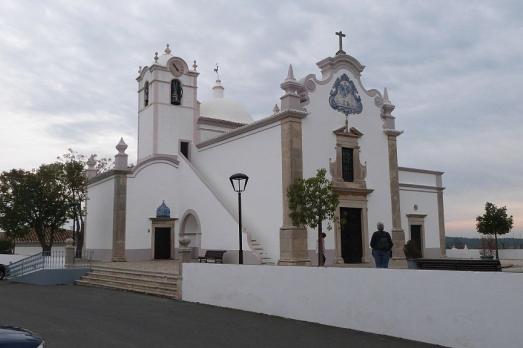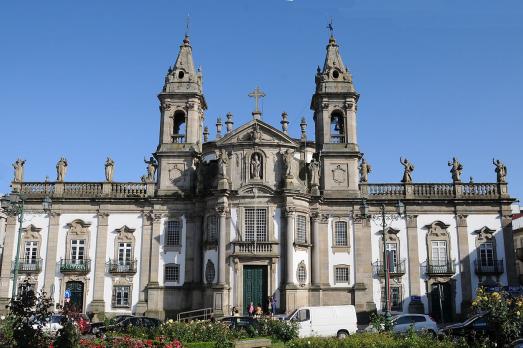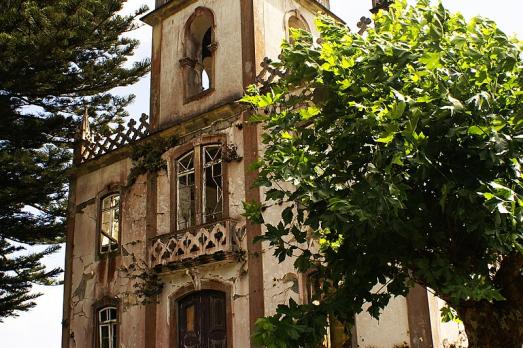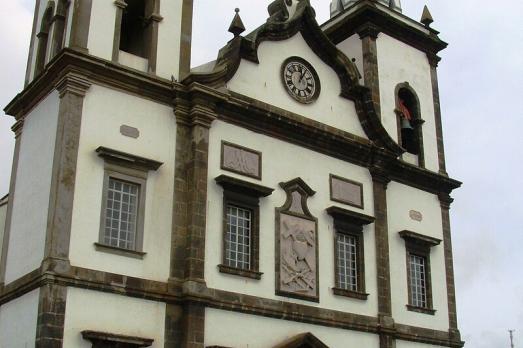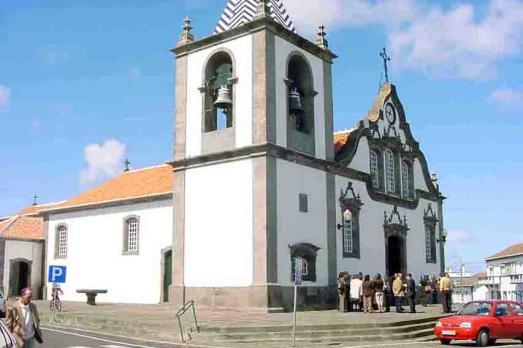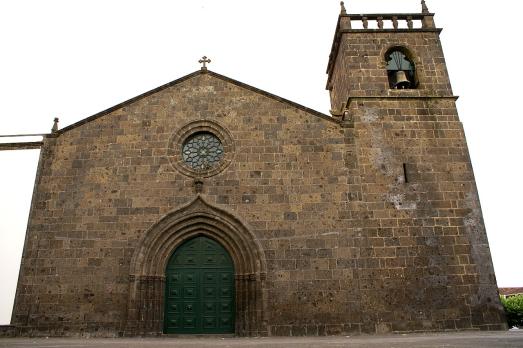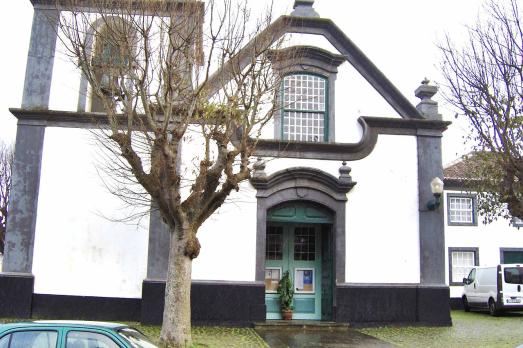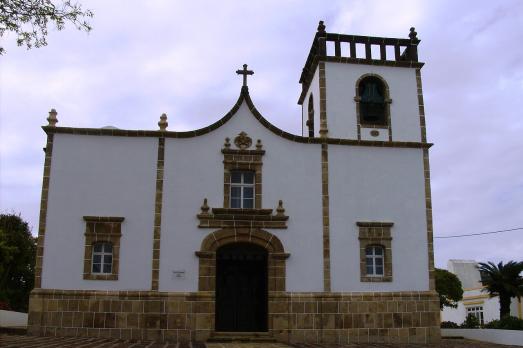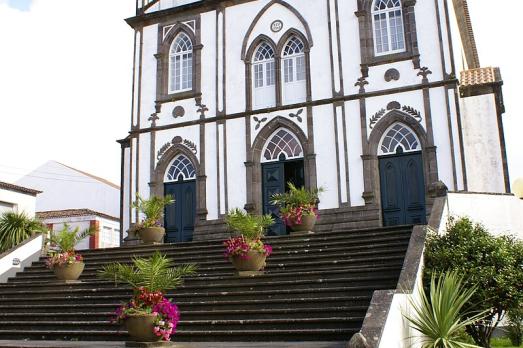
Church of São José (Salga)
Salga, PT
Salga is a suffragan of Achadinha and its original church, a hermitage dedicated to São José, which was built shortly before 1746. The temple was built at the expense of the residents, as stated in a document signed by the bishop of Angra do Heroísmo and registered in the Achadinha pastoral guest book. So, Salga only had 43 homes and 160 souls. Still, he wanted to have a curate, which was Father Manuel de Medeiros Moniz.
